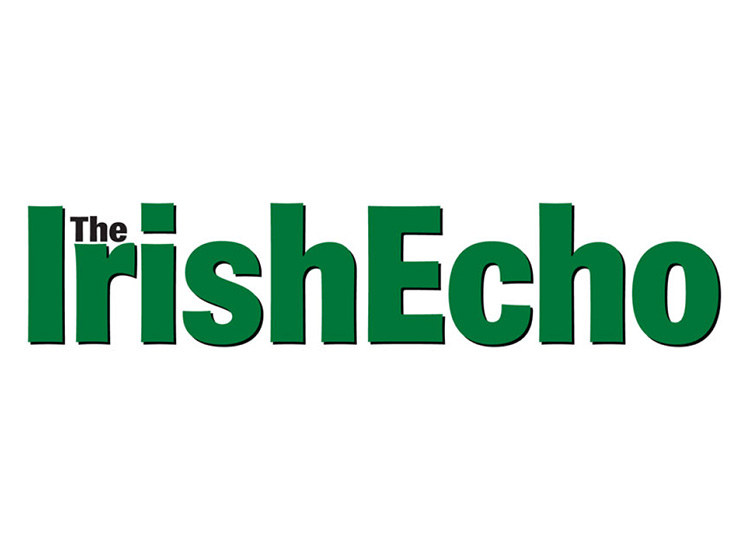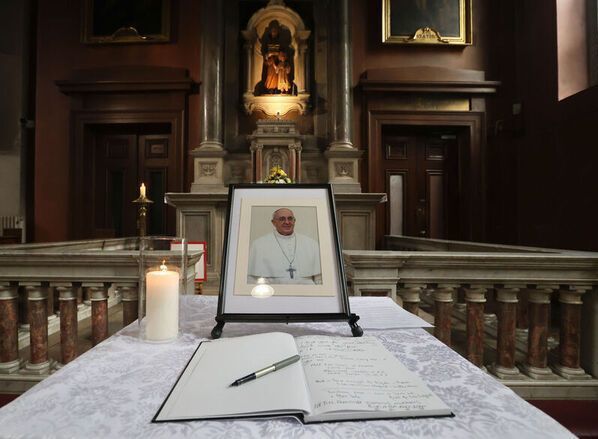The numbers are in and according to the 2011 census the population of the Republic of Ireland now stands at 4,581,269. This is a rise of 341,421 over the 2006 tally.
That 2006 mark was the first time that the population of the 26 counties had reached 4.2 million since 1871, a year, of course, when there was no border and the census covered the entire island. The latest total, spurred by the highest birth rate in the EU, is about 100,000 above government estimates; nevertheless, the current trend is of a slowing down in population growth.
The figures show 118,650 more people immigrated to Ireland between 2006 and 2011 than emigrated. However, according to reports, the Central Statistics Office said this trend had reversed in the later part of the five-year period, with more people now leaving than arriving.
The results reveal that show Laois had the fastest-growing population. It increasing by 13,399 from 67,059 in 2006 to 80,458 in 2001, a rise of 20 per cent.
The next fastest-growing county was Cavan, which increased by 13.9 percent.
Other counties with strong growth were Fingal (13.8 percent), Longford (13.3 percent), Meath (13.0 percent) and Kildare (12.7 percent), which are part of the wider Dublin commuter belt.
The population of Cork city and county now exceeds 500,000 people for the first time since the Famine. County Cork showed an increase of 37,339 or 10.3 percent. Galway was the only other county outside of the Dublin commuter belt area to record double digit increases, the figures reveal.
The population of Limerick and Cork cities fell by five percent and 0.4 percent respectively between 2006 and 2011.
There are now 43,864 more females than males in the Republic. This translates into a ratio of 981 males for every 1,000 females.









